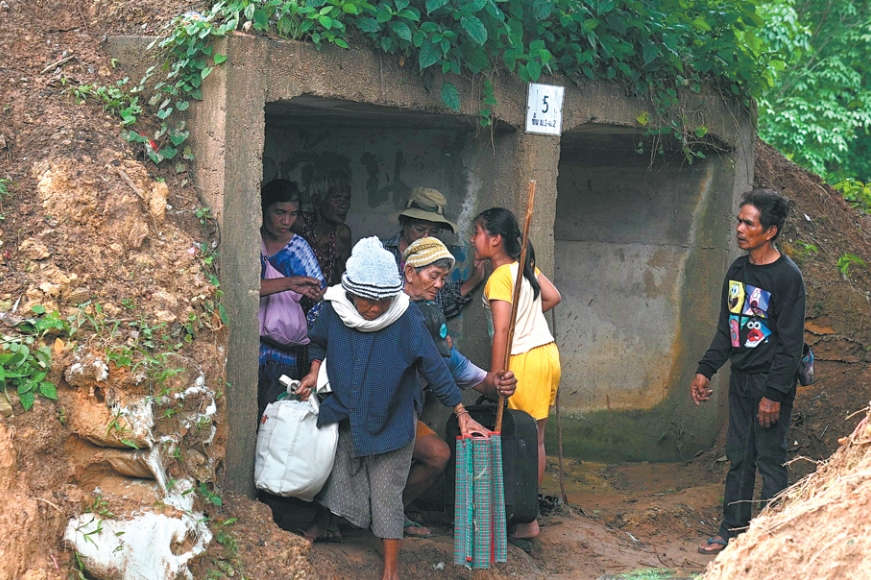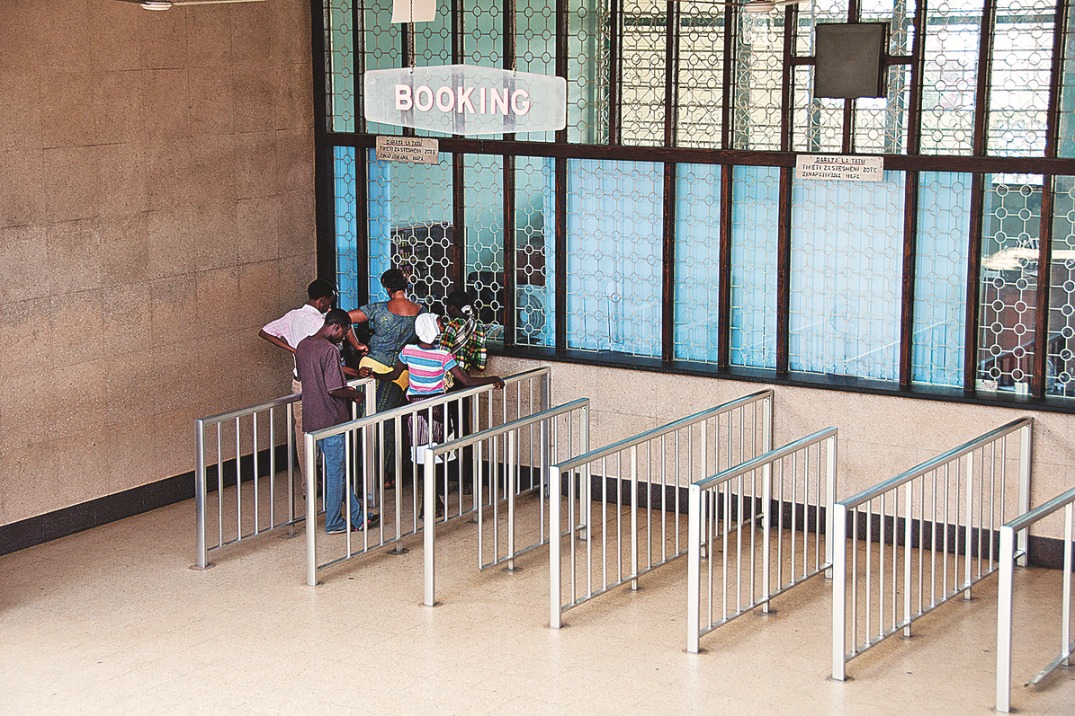Same criteria needed in evaluating responses to pandemic


Analytical, or evaluative, symmetry is the simple idea that the criteria that one uses to analyze a situation ought to remain the same when applied to a similar situation. In other words, outcomes alone should not be used to justify the adoption or nonadoption of one's analytical criteria.
Furthermore, outcomes should not be the only measures used to justify the success or failure of those criteria.
Take, for example, Singapore's response to the COVID-19 pandemic, compared with that of Hong Kong.
In February, comparisons between Hong Kong and Singapore abounded, not only on international television outlets, but also on the internet and in print media.
This fixation to compare Singapore and Hong Kong was driven partly by the fact that observers find it convenient to compare the two economies and also because the initial brunt of COVID-19's impact-beyond the Chinese mainland-was largely experienced in countries or regions of East Asia (South Korea, Hong Kong and Singapore).
The overriding consensus was that Singapore had done well in confronting the threat of COVID-19, whereas Hong Kong's response was weak, slow or muddled.
Particularly noteworthy was a speech that Singaporean Prime Minister Lee Hsien Loong made on Feb 8, which received widespread regional acclaim and was viewed as a symbol of Singapore's strong leadership in the face of the threat from COVID-19. The nine-minute speech addressing Singapore's citizens was contrasted by some with Hong Kong Chief Executive Carrie Lam Cheng Yuet-ngor's response.
At that time, Hong Kong and Singapore had similar numbers of COVID-19 cases. For the entire month of February, Singapore experienced zero deaths from COVID-19 (the first COVID-19 death in Singapore was reported on March 21) compared with Hong Kong, which experienced its first death from COVID-19 as early as Feb 4.
Since then, COVID-19 has affected the two economies in significantly different ways. In part, this has been a result of different policies and approaches taken by the two economies to face the threat.
Not only have the number of COVID-19 cases and deaths spiked in Singapore, but the largely hidden issue of living conditions in remotely located dormitories used to house Singapore's large number of migrant workers has come under a spotlight.
The issue is not simply why Singapore is no longer compared with Hong Kong in reference to COVID-19 cases or deaths. Furthermore, the issue is also not whether one place has done right while the other has done wrong. Such analyses are complicated and dependent on context.
Rather, the present issue is why the same criteria that were used to hold up Singapore as an exemplar country in February are no longer touted. Symmetrically, why are the same benchmarks or measures that were used to disparage Hong Kong's response in February no longer mentioned (now that the virus is-even if temporarily-under control)?
To be sure, this asymmetry might reflect the fact that the measures that both places implemented to tackle COVID-19 have been fluid rather than static. However, a deeper issue is that far too many observers and analysts engage in praise or criticism a priori before fully understanding both sides of the issue.
Similarly, too many fall into the trap of adopting moving goal posts when undertaking so-called analyses or evaluations. Namely, the criteria used to evaluate the success or failure of one place's response is not symmetrical. That is to say, the same criteria are not used to measure another place's response.
In the same vein, the criteria used to judge one place's response as successful are not applied when evaluating another place's response. Why does this happen? There are a whole host of possible reasons, including bias, local preferences or simply idiosyncrasies.
It is only with analytical symmetry that we can hope to take away meaningful policy lessons and directions, whether it be for one place's response to COVID-19 or for anything else.
The author is an associate professor of public policy and social science at The Hong Kong University of Science and Technology.

































